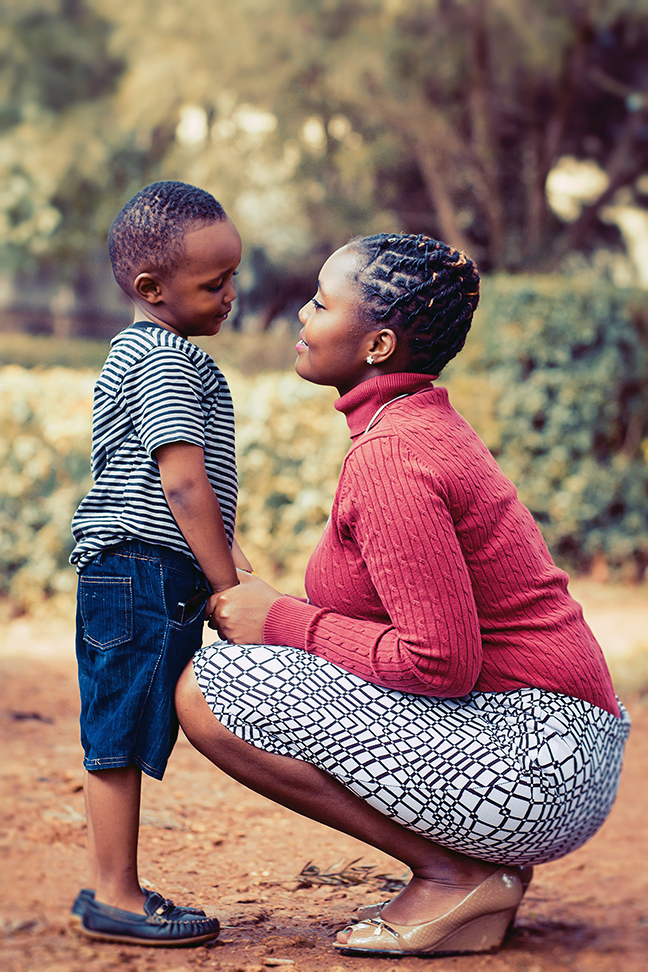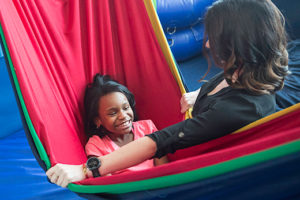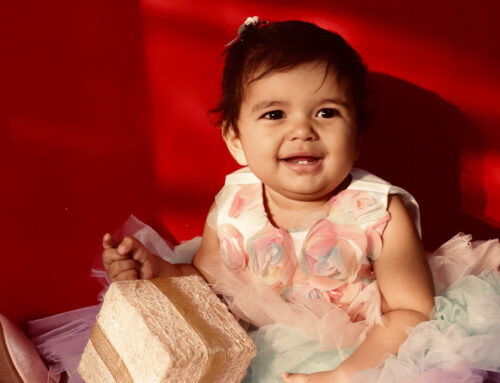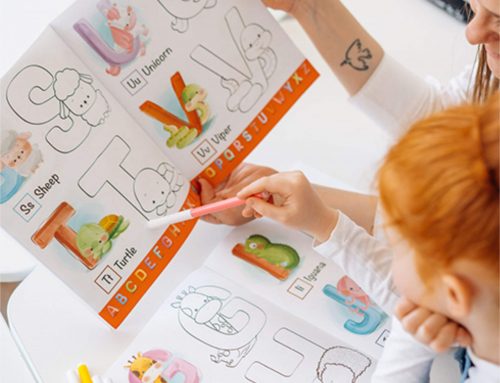Developmental Disfluency vs. Atypical Dysfluency/Stuttering: When to be Concerned
As your child grows up, their language and vocabulary typically grow with them. As this happens, you might notice your child may begin to demonstrate some “typical disfluencies” in their speech; they may struggle to get their words out, which can be concerning! This is especially true if your child previously spoke easily, but is now stuttering. Fortunately, some disfluencies are natural as young children’s language emerges and expands. As a parent, how do you know when to accept stuttering as a normal part of development and when to be more concerned?

Typical Disfluencies/Developmental Disfluencies
Disfluency is a term used for normal irregularities that occur during speech. As children learn how to communicate, some will exhibit developmental disfluency (or normal interruptions in speech) between the ages of 2-5 years old. These can look like the following:
- Interjections: (e.g. “I umm, want the blue ball”)
- Hesitations between words: (“I want the…juice)
- Multisyllabic whole word repetitions: (e.g. “Gimme Gimme my toy”)
- Phrase repetitions: (e.g. “I want I want I want my ball”)
- Phrase revisions or abandoned utterances: (“I want that. Can I have the ball?”)
Typical or developmental disfluencies are common among young children and are not cause for concern. It is thought that as children learn to talk in longer and more complex utterances, their motor plans (or muscle coordination) may not be working as fast as their brains. This is due to other skill sets they may be developmentally mastering at the time (e.g., walking, potty training, etc.).

Dysfluency/ Stuttering
Dysfluency is a term used for the impairment of the ability to produce smooth, fluent speech. The dysfluencies that render concerns of Childhood Onset Stuttering are different than typical disfluencies. Some example of stuttering (or atypical dysfluencies) would be:
- Monosyllabic whole word repetitions: (e.g. “I-I-I-I- want the ball”)
- Sound / syllable repetitions: (e.g. “be-be-be-because I’m hungry”)
- Prolongation of sounds: (e.g. “IIIIIIIIIII want a cookie”)
- Vocal blocks in which no sound comes out: (“B {block} but I{block} M…made it.”)
In addition to taking note of how atypical dysfluencies sound, it is also very important to be aware of any emotional reactions that your child may demonstrate in response to his or her stuttering. These disfluencies may be accompanied by:
- Signs of physical tension or struggle, such as eye blinks, facial grimaces or groping, head or body movements, tense pauses/jaw clenching, and/or distracting sounds
- Negative reactions or embarrassment surrounding talking
- Awareness of difficulty with speaking (saying, “I can’t say it.”)
- Refusal to talk to strangers due to a fear of stuttering
- Using of many filler words, such as “um” or “like”)
When Stuttering Persists:
Although many children do tend to recover from stuttering, other children may persist. Some children who begin exhibiting typical developmental disfluencies may evolve into children who stutter. Determining the difference between a child who is truly stuttering and a child who is simply passing through the developmental disfluency stage can be confusing. Here are some factors that help indicate your child is at-risk for continued stuttering:
- Family history of stuttering
- Age of onset (began after 3 ½ years of age)
- Demonstrating stuttering for a longer period of time (6+ months)
- Speech is difficult to understand with many speech sound errors
- High frequency of disfluencies (more than 10 stutters per 100 words)
- Gender (males are 3 to 4 times more likely than females to persist in stuttering)
Both children with developmental disfluency and children who persist in stuttering are more likely to have difficulty speaking smoothly when they are interrupting, commanding or directing another person, responding to a request to change their own activity, or speaking of something exciting.
When to Seek Help:
If you’re not sure if your child is demonstrating typical disfluencies or presents with stuttering, contact a speech-language pathologist with experience in stuttering. Your speech-language pathologist can help determine if therapy is recommended and collaborate with you and your family in finding the therapy approach that would best fit your child. Eyas Landing provides relationship-based therapy that is individualized to meet your child’s and family’s needs. Here at Eyas Landing, we have the ability to provide clients with unique multi-sensory environments to practice their skills. This is an important factor in working on and generalizing speech and language skills outside of just the clinic!

Eyas Landing is a therapy clinic with a mission to provide evidence-based and family-centered therapy services for children, adolescents, and their families. The primary goal is to deliver relationship-based interventions within the most natural environments and to empower families to reach their full potential. To achieve this goal, our highly educated, compassionate staff dedicates time and expertise to create experiences that maximize therapeutic outcomes. The strength, determination, and perseverance of our clients are evident as they succeed in therapy, and ultimately in their daily lives.
Eyas Landing offers a wide range of comprehensive services including Speech Therapy, Occupational Therapy, Physical Therapy, ABA Therapy, Social Work, Family Therapy, and Neuropsych testing. Services are provided throughout the Chicagoland area via Telehealth, In-Home, and in our state of the art clinic.
Want to learn more or you have a specific question? Feel free to connect with us here!



